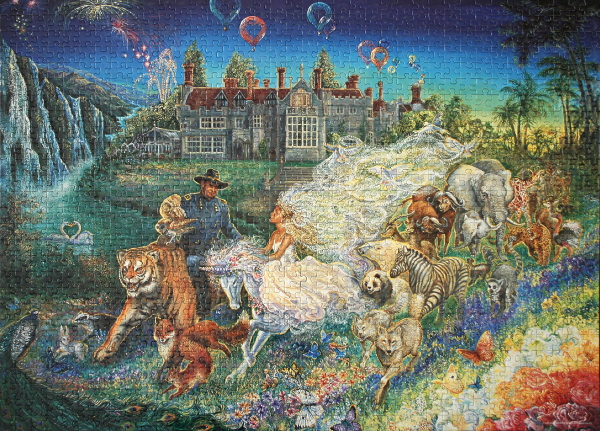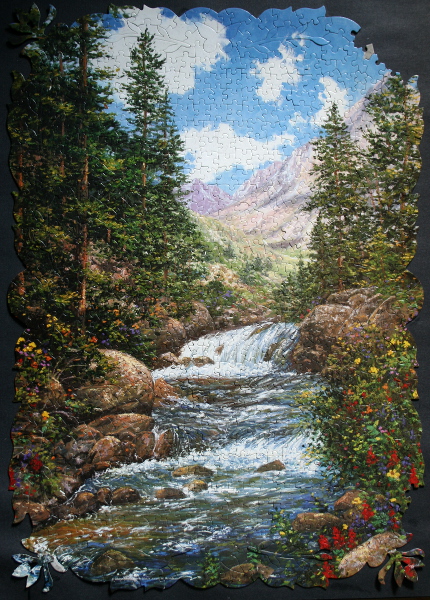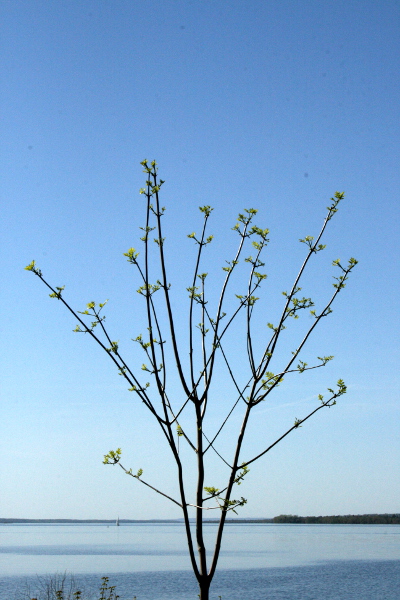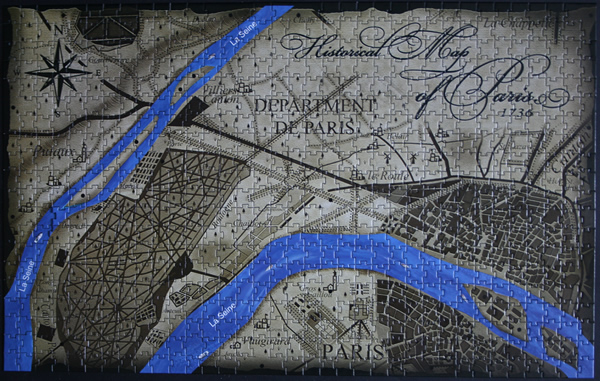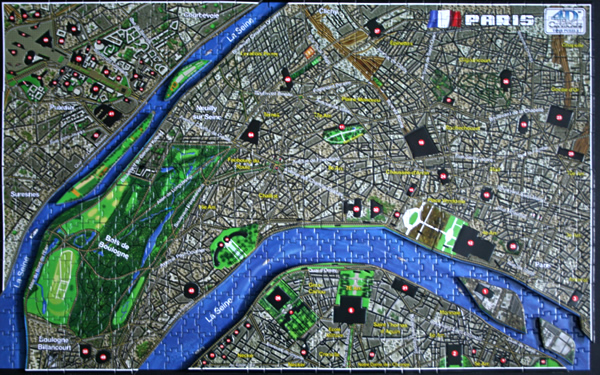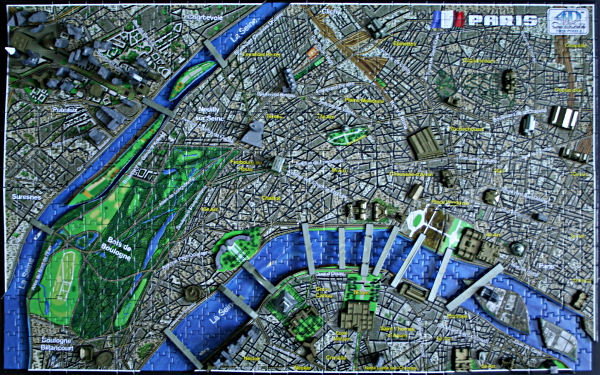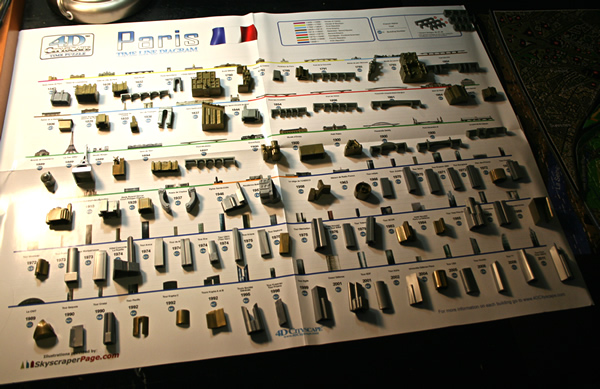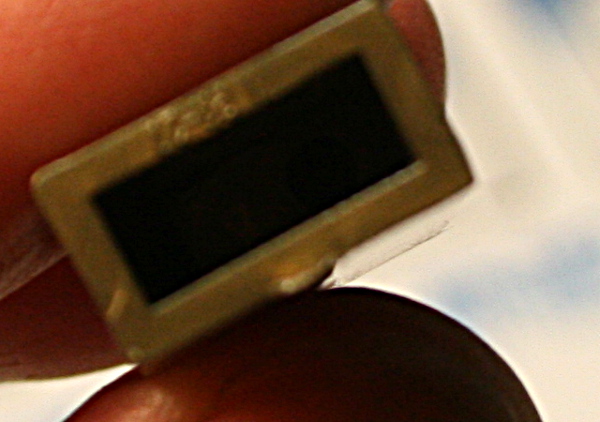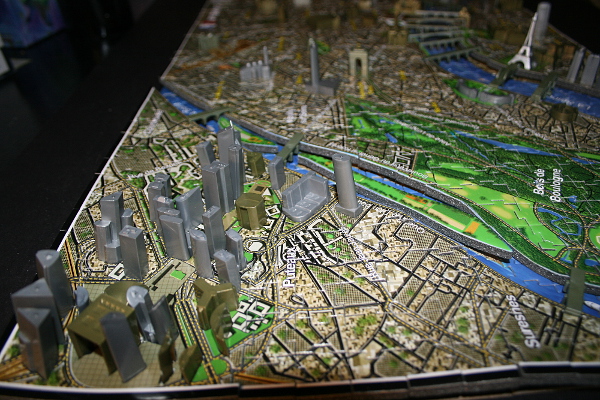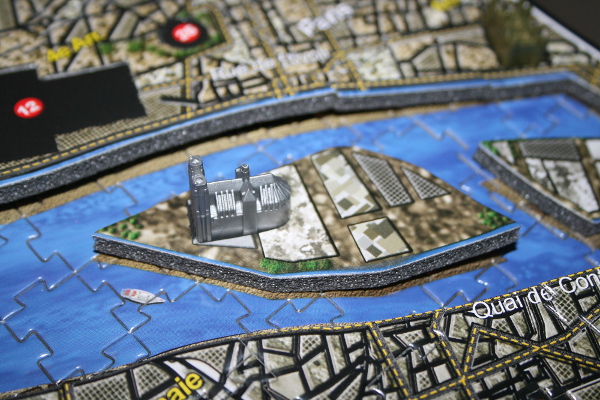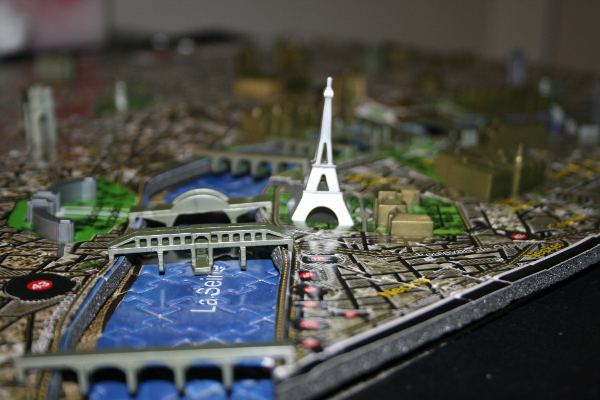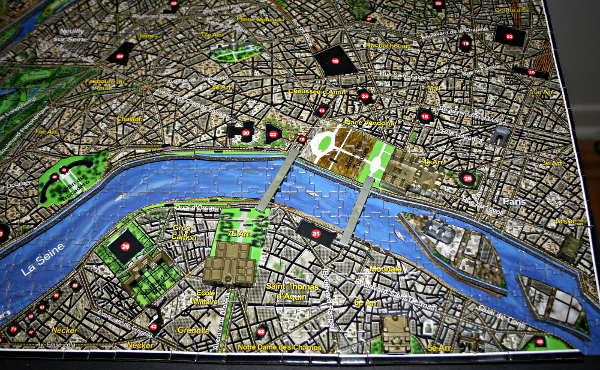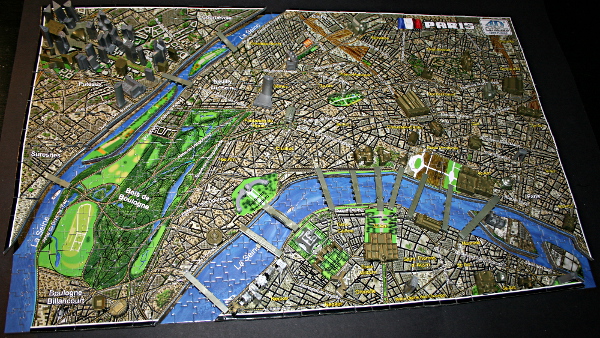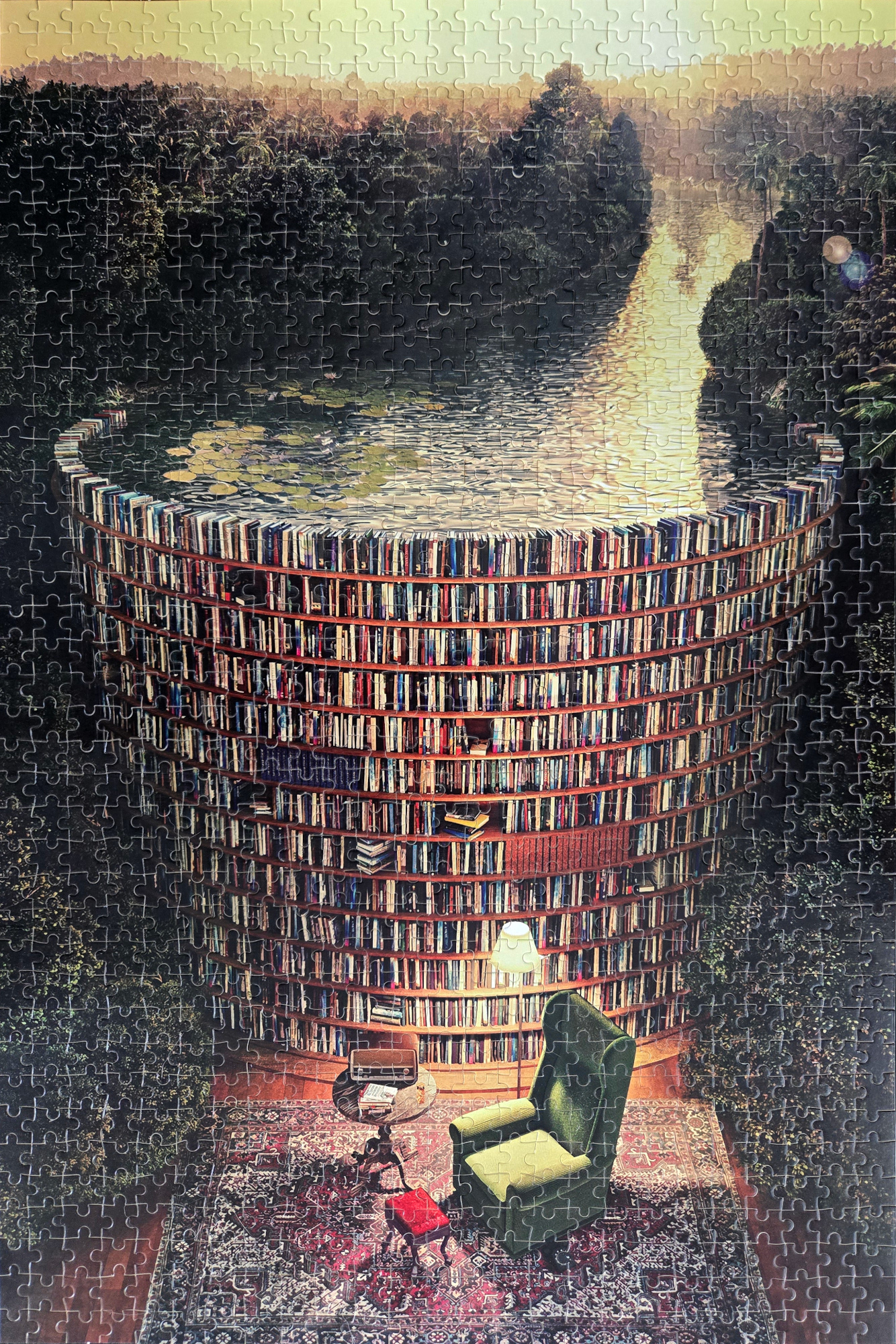
Size: 1000 pieces
Available for purchase on eBay
Dimensions: 50 cm x 75 cm
Manufacturer: InGooooD, IG-0292
Box: photo
Puzzle: “””Collection Pavilion – Habitat of Spirit. Nature can be endowed by a kind of color, a kind of thought, a kind of conception. Collection Pavilion contains the immemorial pureness, which can perfect my habitat of spirit. I can fly my lonely spirit in the inspirational space.High quality wooden puzzle pieces, basswood is easy to print and has a good bite.””[puzzle box]”
Tag: river
Gent, Belgium
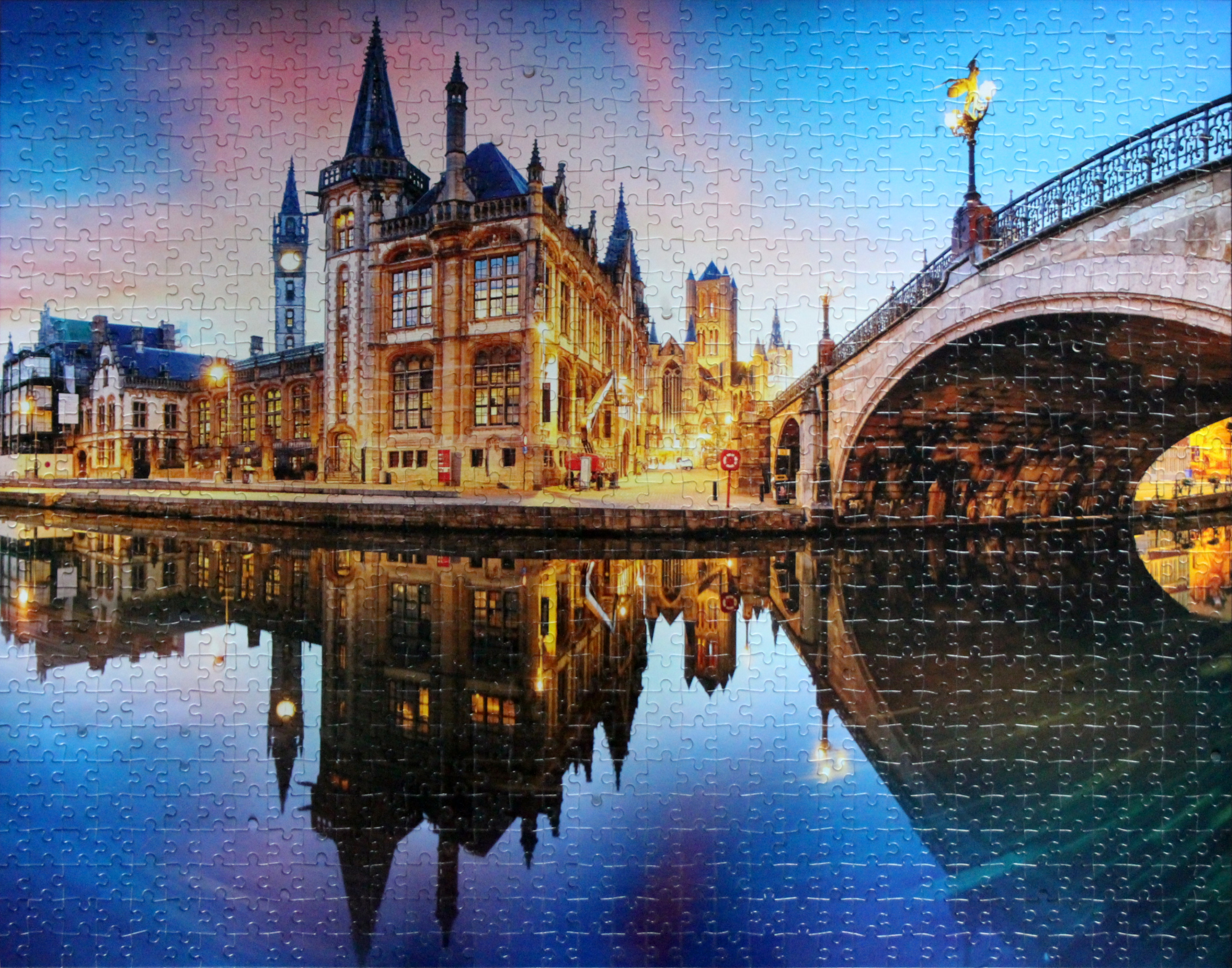
Size: 1000 pieces
Available for purchase on eBay
Dimensions: 54.6 cm x 69 cm
Manufacturer: Hinkler, P04393, HB22_JUL21_04
Photographer: TTstudio/Shutterstock
Box: photo
Autumn mountain

Size: 300 pieces
Available for purchase on eBay
Dimensions: 33.02 cm x 48.26 cm
Manufacturer: The Canadian Group, #03878
Artist: lvl27art
Original: painting
Box: photo
London, Big Ben
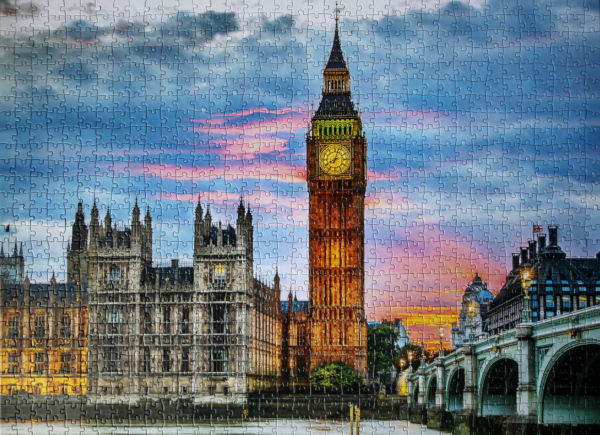
Size: 1000 pieces
Available for purchase on eBay
Dimensions: 48.89 cm x 67.63 cm
Manufacturer: Eurographics Puzzles, 6000-0764, 5788-12-20
Box: photo
Puzzle: High Sierra Reflections
 Size: 1000 pieces
Size: 1000 pieces
Dimensions: 48.10cm x 67.95cm
Producer: Mega Brands, Vibrant series, 2013, No. 51420ABN, A28103LP
Photographer: Elizabeth Carmel
Photo: original
Puzzle: A bit on a challenging side, this puzzle benefits from having good lighting and patience. As with most reflection puzzles, it benefits from having the line of the horizon as a horizontal guide, splitting the image into two distinct regions. This line, as well as the borders between the mountain range and the sky, together with its reflection, are good places to start. Another convenient clear border is between the dark evergreen trees and the mountain, again duplicated in the reflection. The bright green patch of the grass on the right, the water, and the sky are the next logical regions to complete, leaving a large are of the grass stalks, which presents the most challenge. Here good lighting, as well as colour and stalk size distinctions are the best helpers.
Notes: As the box does not specify where exactly this photo is taken, I assume that High Sierra refers to a region in the Sierra Nevada mountain range.
It is a mountain range in the western United States, between the Central Valley of California and the Basin and Range Province. The Sierra Nevada has a significant history. The California Gold Rush occurred in the western foothills from 1848 through 1855. Due to inaccessibility, the range was not fully explored until 1912. Today, some mountain passes, such as Duck Pass with obsidian arrowheads, are artifact locations from historic intertribal trade route trails.
The literal translation of Sierra Nevada is “snowy mountains,” from sierra “a range of hills,” 1610s, from Spanish sierra “jagged mountain range,” lit. “saw,” from Latin serra “a saw”; and from fem. of Spanish nevado “snowy.” [Wiki]
Puzzle: Golden Light
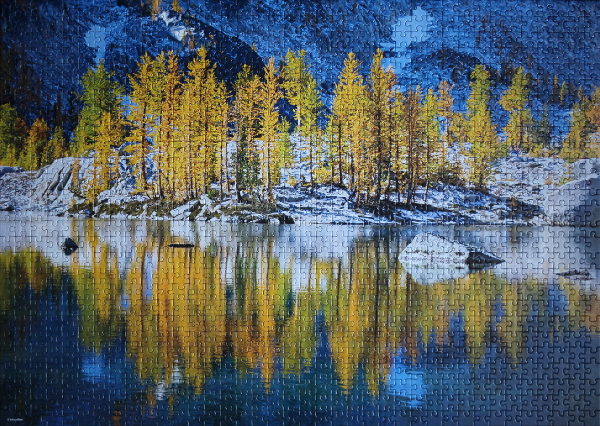 Size: 1000 pieces
Size: 1000 pieces
Dimensions: 67.95 cm x 48.1 cm
Producer: Mega Puzzles, Vibrant series, 2013, No. 51420AAN, A 29073 LP
Artist: Adrian Klein
Original: Golden Light
Puzzle: Not a trivial puzzle, but a calming one to do, listening to some zen music or a good narrative. I would say a good region to get started is the horizon line separating the snow from the water. This line splits the puzzle into two areas, providing a horizontal guide. The darker blue regions in the corners of the puzzle and a dark rounded stone area in the top left, as well as the bright blue patches of snow on the mountain slope and their reflections in the water could be tackled next. For the trees, I found it easiest to start with the reflections in the water, as the ripples assist in determining the orientation of the pieces. The few rocks in the water and darker patches of land on the shore are distinctive as well. For the trees above water, tree trunks can serve as vertical guides. The gradients in the water, from yellow to blue, allow for gradual completion of that region, from light to dark. I have enjoyed this puzzle quite a bit.
Notes: “Larches turned gold in fall along the lakes The Enchantments in Alpine Lakes Wilderness, Washington while backpacking with my friend Zack Schnepf.” [Adrian Klein site]
Puzzle: Glimmer
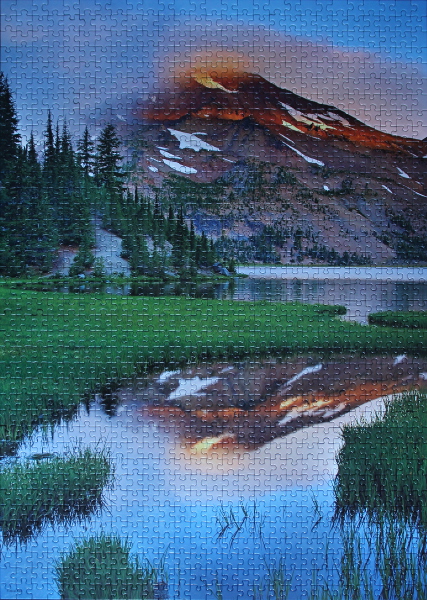
Size: 1000 pieces
Dimensions: 67.95 cm x 48.1 cm
Producer: Mega Puzzles, Vibrant series, 2013, No. 51420AAN, A 29073LP
Artist: Adrian Klein
Original: photo
Puzzle: This puzzle takes a little time, but reflections are easy to do, and the vibrant colours and well-fitting pieces make this puzzle a pleasure to assemble. The easiest regions to start are the top of the mountain and its border with the sky, and the mountain’s reflection and its border with the river water. The blue of the sky and the river water, as well as the white of the river near the horizon can be put together next. The green grass in the middle and the horizontal white line serve as horizontal guides along which the mountain bottom and the evergreens can then be completed. The grass islands on the river and the remaining mountain pieces fall into place easily after that.
Notes: The sunrise light glimmers briefly on the summit of South Sister in Three Sisters Wilderness. [Adrian Klein site]
Puzzle: Josephine Wall – Fantasy Wedding
Size: 1000 pieces
Dimensions: 67 cm x 48 cm
Producer: RoseArt, Masterworks series
Artist: Josephine Wall
Puzzle: A simple puzzle to do, due to its many distinct elements. One can start really anywhere – good places are the rainbow-coloured flowers in the bottom right, the white of the bride and her horse, the balloons and the sky, palm trees, waterfall, and river. The building and various animals can follow, and the rest is trivial.
Notes: “At a fantasy wedding there is no need of a limousine when the bride can arrive on a pure white unicorn, and the groom on a powerful striped mount.With attendants from the jungles and plains, the happy young couple set out on their journey through life together, surrounded by all the things that have meant so much to them. What a magical day, one never to be forgotten!” [Josephine Wall site]
Puzzle: Mountain River
Size: 750 pieces
Dimensions: 48.1cm x 64.8cm
Producer: RoseArt, Borders series
Notes: I’m missing the box for this puzzle and am unable to find the real name of it. If you have that information, could you please let me know?
Puzzle: A beautiful puzzle from the Borders series (there is also the Aspen Fantasy one), unfortunately due to being quite old in my collection, it is missing a corner. Flowers in the bottom right, the river, the larger rocks, and the sky are good places to start the assembly. The mountains and the fields in the background can follow, leaving the trees framing the picture. Not a trivial puzzle due to variety of piece shapes and small detail, but very pleasant on the eye.
Puzzle: Hong Kong Harbour, China
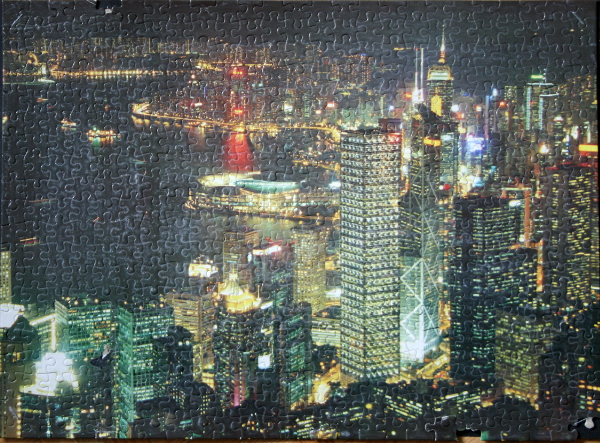
Size: 500 pieces
Dimensions: 48.5 cm x 35.5 cm
Producer: Sure-Lox, The Canadian Group
Puzzle: Somewhat damaged by bad puzzle glue and long storage, this is one of the first puzzles I have assembled. Not trivial due to a large number of similarly-coloured regions. Areas of distinct colour are easiest to approach first (such as the blue, red, and white lights). The two skyscrapers to the right of the centre, and the lights along the waterfront are good regions to follow. From that point on, the black of the water is equally complex as the black of the skyscrapers with the yellow and green windows, but due to the small size of the puzzle and the Sure-Lox pieces fitting together well, it is not very complex to complete.
Notes: Victoria Harbour (or Hong Kong Harbour) is a natural landform harbour situated between Hong Kong Island and the Kowloon Peninsula in Hong Kong. The harbour’s deep, sheltered waters and strategic location on the South China Sea were instrumental in Hong Kong’s establishment as a British colony and its subsequent development as a trading centre. Victoria Harbour is home to most of the port facilities of Hong Kong, making Hong Kong amongst the world’s busiest. An average of 220,000 ships visit the harbour each year, including both ocean going vessels and river vessels, for both goods and passengers. [Wiki]
Puzzle: Tower Bridge, London, England
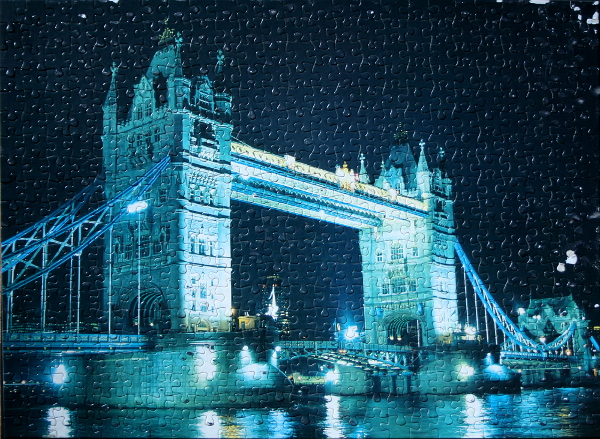
Size: 500 pieces
Dimensions: 48.5 cm x 35.5 cm
Producer: Sure-Lox, The Canadian Group
Puzzle: One of the first puzzles I have assembled, it has some glue damage from storage. The good regions to start are the water, the bright lights, and the railing on the bridge, followed by the borders between the bridge and the sky. The bridge top and towers, as well as the sky framed by the bridge can follow, leaving the remaining black of the sky to be filled in. Good lighting is a plus for the last part.
Notes: Tower Bridge (built 1886–1894) is a combined bascule and suspension bridge in London which crosses the River Thames. It is close to the Tower of London, from which it takes its name, and has become an iconic symbol of London.
The bridge consists of two towers tied together at the upper level by means of two horizontal walkways, designed to withstand the horizontal forces exerted by the suspended sections of the bridge on the landward sides of the towers. The vertical component of the forces in the suspended sections and the vertical reactions of the two walkways are carried by the two robust towers. The bascule pivots and operating machinery are housed in the base of each tower. [Wiki]
Puzzle: Winter Worship
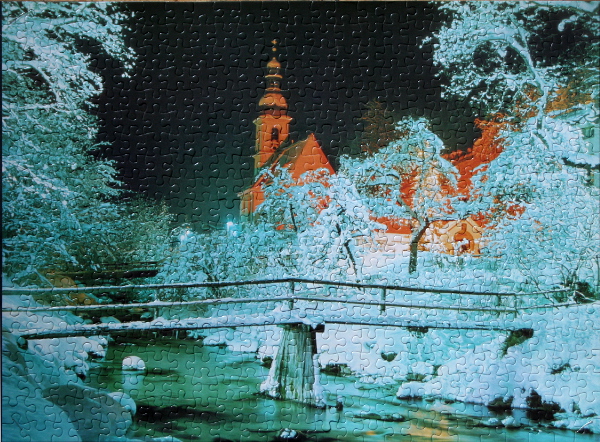
Size: 500 pieces
Dimensions: 48.5 cm x 35.5 cm
Producer: Sure-Lox, The Canadian Group
Puzzle: A simple puzzle to do due to its small size. The orange of the buildings, and the flowing green of the river are good places to start, and the bridge railing serves as a horizontal guide separating the picture into two regions. The borders of snow-laden trees, the building, and the sky makes the top easy to assemble, and the rest of the puzzle shapes itself around the bridge and the river. Festive and pleasant to the eye.
Notes: Worship is an act of religious devotion usually directed towards a deity. The word is derived from the Old English weorþscipe, meaning worship, honour shown to an object, which has been etymologised as “worthiness or worth-ship”—to give, at its simplest, worth to something. [Wiki]
Photo: Young tree over Ottawa river, March 30, 2013
Photo: Young Branches on Ottawa River, May 17, 2013

Photo: Trees over Ottawa river, March 30, 2013
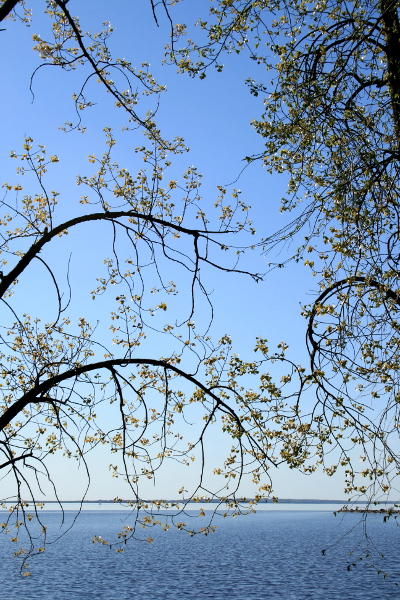
Puzzle: 4D – Historical Map of Paris
The bottom layer jigsaw is a historic illustration of Paris in 1736 (base puzzle):
The second layer jigsaw puzzle is of Paris in the present year (landscape puzzle):
The third layer are buildings (3D replicas):
See below for the notes and additional images.
Size: 1100+ pieces – Layer 1: 656 pieces, Layer 2: 369 pieces, Layer 3: 88 pieces
Dimensions: 60.9 cm x 38.1 cm x 0.51 cm
Producer: 4D Cityscape, Time Puzzle series
Notes: 4D Cityscape allows you to build Paris starting from the year 1345. You first build the patented floor puzzle that consists of 1025 jigsaw pieces. Then you refer to the 4D Time Poster to identify and place each skyscraper on the map. This process is assembled in a time sequence according to the year each building was built. Experience and rebuild the past, present, and future! For ages 8+ to 108 years. [Puzzle box]
- Place each building on the map starting in 1345 with Notre Dame.
- Place Arc de Triomphe on the map in the year 1836.
- Rebuild Paris’s historical skyline including La Tour Eiffel in 1889.
- Learn the location, shape, and appearance of the Paris skyline. [Puzzle box]
Puzzle:
The first layer of the puzzle was fun to do – the river provides a good horizontal guide, large writing and the wind rose follow, and the rest of the islands, building blocks, and streets fall into place. The puzzle is well-cut and pieces generally fit together well.
The second layer of the puzzle was a bit more cumbersome, just because of the foam pieces that sometimes don’t fit together that well if they are bent. The dark placeholders with red numbers indicate where the building figures are to be placed at the next stage. This part was overall easy to do. The islands make their own smaller piece clusters.
The building figures were quite disappointing. First of all, the detail they are portrayed on the poster below does not exist in the pieces themselves. They are quite roughly made from plastic of silver or gold colour, and barely resemble their counterparts on the poster. Matching them was hard to do.
Presumably, to help with the matching, each figure had a number engraved on its bottom that corresponded to the number on the map and on the poster. But here comes the second problem: most of the pieces had numbers so tiny (see a closeup photo below) that they were very hard to distinguish, even with a magnifying glass.
Third issue came from the nature of interaction of the foam top layer and the plastic pieces. Especially in the areas where many buildings are clustered together, such as the corner of the map pictured below, or where two coasts are connected by multiple bridges close to each other, you can see the foam warping around the plastic pieces that fit into the map. This made the end puzzle a bit wobbly and not as aesthetically pleasing as the packaging would make you believe.
Generally, I have enjoyed making the puzzle layers and then building up the Paris model in the chronological order indicated on the poster. Some pieces do look nice close up, and it was fun to explore the evolution of the city.
Photo: Fire in the sky, August 28, 2012
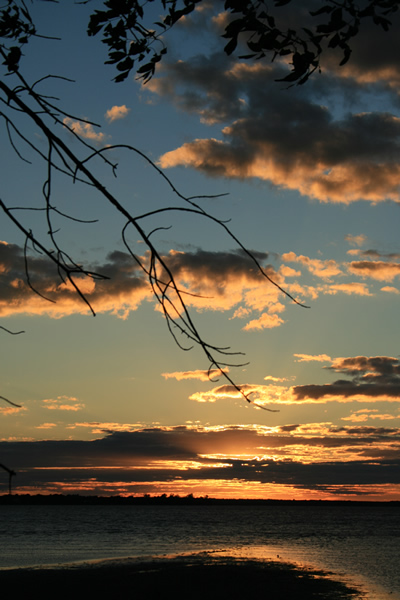
Photo: Ottawa River Sunset, August 28, 2012

Puzzle: Iguazu Falls, Argentina
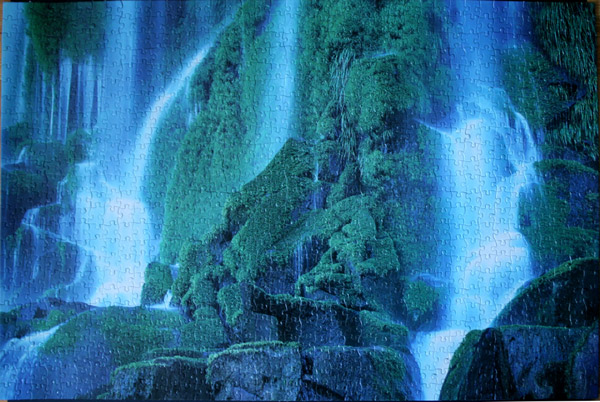
Size: 1000 pieces
Dimensions: 73cm x 48.6cm
Producer: The Canadian Group, Sure-Lox, Impressions
Notes: Iguazu Falls, Iguassu Falls, or Iguaçu Falls are waterfalls of the Iguazu River located on the border of the Brazilian State of Paraná and the Argentine Province of Misiones. The falls divide the river into the upper and lower Iguazu. The Iguazu River originates near the city of Curitiba. It flows through Brazil for most of its course. Below its confluence with the San Antonio River, the Iguazu River forms the boundary between Brazil and Argentina.
The name “Iguazu” comes from the Guarani or Tupi words y, meaning “water”, and ûasú, meaning “big”. Legend has it that a god planned to marry a beautiful woman named Naipí, who fled with her mortal lover Tarobá in a canoe. In rage the god sliced the river, creating the waterfalls and condemning the lovers to an eternal fall. The first European to find the falls was the Spanish Conquistador Álvar Núñez Cabeza de Vaca in 1541. [Wiki]
Photo: Winnipeg Water Levels, July 1, 2011







